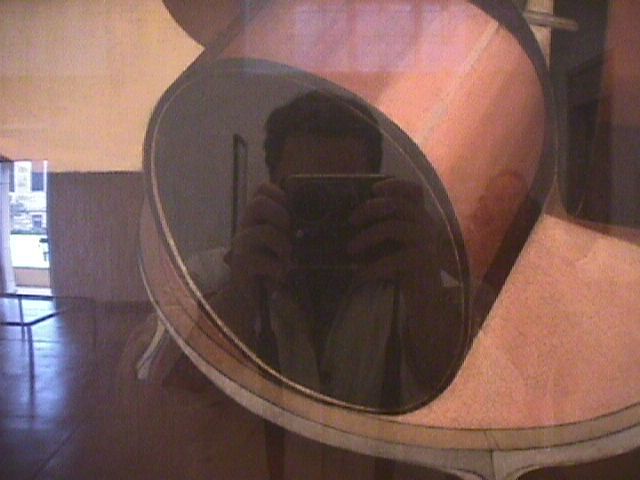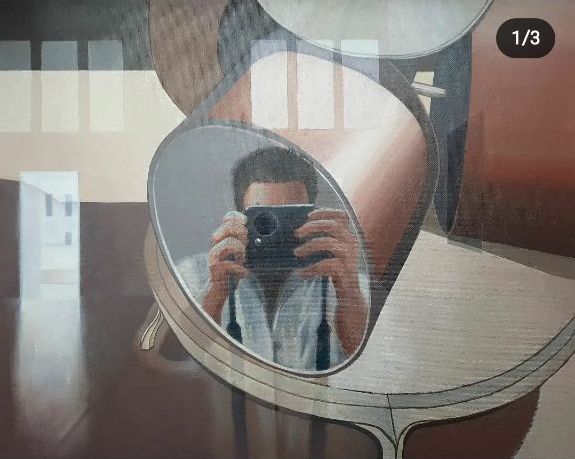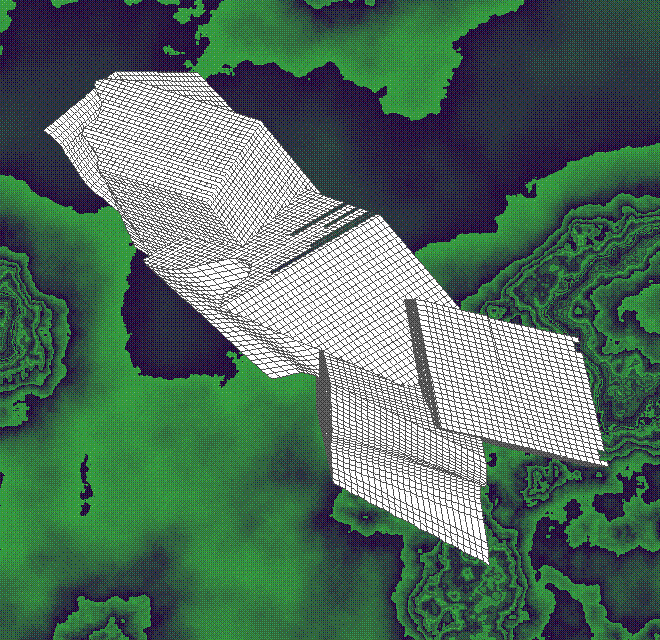My Retirement at Ury So Far
2021 - 2024
2024.04.27
Just an hour earlier (2024.04.26 23:00), I thought about the Susquehanna Road, as delineated within Thomas Holme's 1690s map of Pennsylvania, as being originally the Lenni Lenape trail through the Pennypack Creek watershed valley. And, indeed, Susquehanna Road was always called Susquehanna because the Lenni Lenape Susquehanna trail, like the intention of Holme's planned Susquehanna road, connected the Delaware River with the Susquehanna River. It's amazing how easy it is to now imagine the Lenni Lenape telling the earliest Europeans here that that trail is Susquehanna.
I just got lost in trying to imagine the route of the original Susquehanna trail within the present gap of Susquehanna Road between Pine Road and Huntingdon Pike--Huntingdon Pike (in Montgomery County) is also the same Lenni Lenape trail that in Philadelphia is called Oxford Avenue. It's now also becoming clear to me that the original Susquehanna trail was/is an elaborate network of trails, as opposed to the absolute straight line of Holme's planned Susquehanna Road, because of all the (now) horse trails running throughout Philadelphia's Pennypack Park. I know a lot of the Pennypack Park and Lorimer Park trails personally, just like 18 year old John James Audubon knew them autumn 1803.
2024.04.27
Hello Yura,
I have to immediately apologize to Katya for my comment—“that I now know what it would feel like to look into a mirror and then realize that you're not actually looking at yourself, lol.”
I saw her painting as a collage she thought up and first processed via Photoshop or something, and not till this morning did I ‘discovery’ that her portrait is in fact based on an image I actually took myself!
What I initially saw and thought was:
“Oh, she enmeshed me with Duchamp, that’s clever and insightful.”
“Oh my gosh, she has me wearing one of my brother’s shirts, even with his suspenders. How did she even know that?
“That’s not my head. I bet that’s Yura.”
I woke up this morning really worried that I said/wrote the wrong thing about Katya’s portrait, so I started to reanalyze it. I first had to see it as a painting because I always saw an actual collage.
“How did Katya figure out how to make all those reflections look so real?”
“Those aren’t suspender; they’re camera straps, but I never take pictures with the straps hanging down like that.”
“Yura must have posed for this this picture.”
“I know where Katya got my hands holding the camera, it’s the one where I’m reflected in the chrome bathtub at the PMA.”
“I have to find the picture I must have taken of Duchamp’s coffee grinder.”
Then I found the image, taken by me at the Philadelphia Museum of Art 5 November 2000, that Katya’s portrait is based on.

I honestly forgot completely about that image, and now, comparing it with Katya’s portrait, I have to say that Katya certainly has a real gift for making portraits look alive.

I’m now embarrassed as well as humbled because Katya did me a tremendous honor, one that I’m not even sure I deserve, and I kind of feel like I’ll never be able to thank her enough.
Steve
2023.04.27

Quaestio Abstrusa background 175
2001.04.27
|